Living in Hawaii is a privilege. The natural beauty, ocean breezes and outdoor lifestyle are unmatched. In order to preserve our island environment for future generations, it’s become increasingly important to adopt sustainable practices in our homes. Fortunately, many of the new condominium developments on Oahu were built with sustainability in mind. Even if you're in older house or condo, there are still many steps you can take to make your home more energy-efficient and reduce your own carbon footprint.
Here’s your guide to living lightly and well in Hawaii.
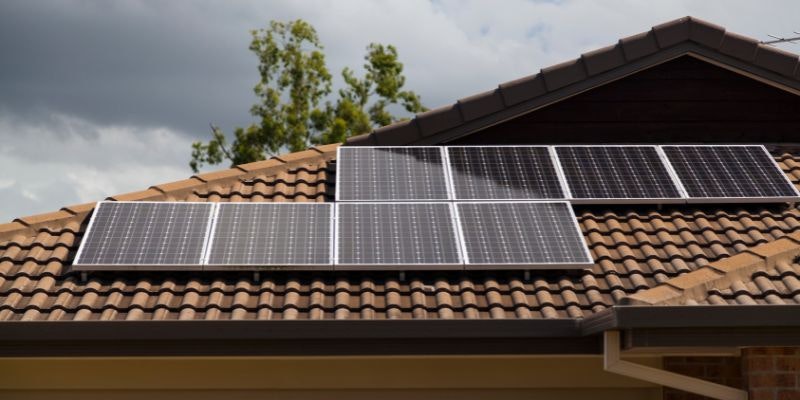
Energy-Efficient Homes: What to Look For
- Solar & renewable energy: Adding rooftop photovoltaic (PV) panels or choosing a home that uses solar power helps to reduce reliance on Hawaii’s higher electricity costs and fossil-fuel‐based generation.
- Efficient lighting: Look for homes with LED lighting fixtures and in warmer parts of the island, high-performance windows and doors—even in milder climates, reducing thermal losses counts.
- Smart systems: Energy-efficient appliances, smart thermostats (for split units), and proper ventilation make a difference.
- Right sizing & shading: When home-shopping, consider orientation toward tradewinds, shading from lanai and overhangs, and cross-ventilation to help reduce over-reliance on air conditioning.
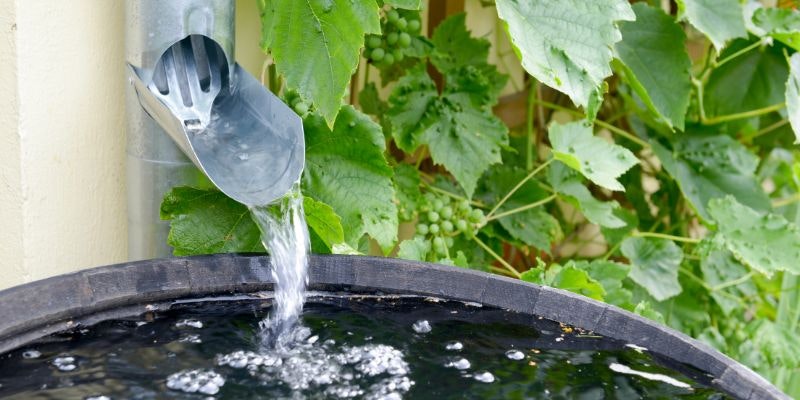
Water Conservation & Waste-Wise Living
- Greywater and rain-harvesting: On an island, every drop counts. Some new condo developments are outfitted with residential greywater reuse systems, saving millions of gallons of water annually. If you live in a single-family home, consider using a rain barrel to collected rainwater that can be used to water gardens, lawns or potted plants, helping to conserve potable water and reduce stormwater runoff.
- Low-flow fixtures and drought‐resilient landscaping: Choosing fixtures that use less water and landscaping with native or drought-tolerant plants keeps your ecosystem in balance.
- Waste reduction & recycling: Look for neighborhoods or condo buildings that have good recycling infrastructure—Hawaii has limited landfill space.
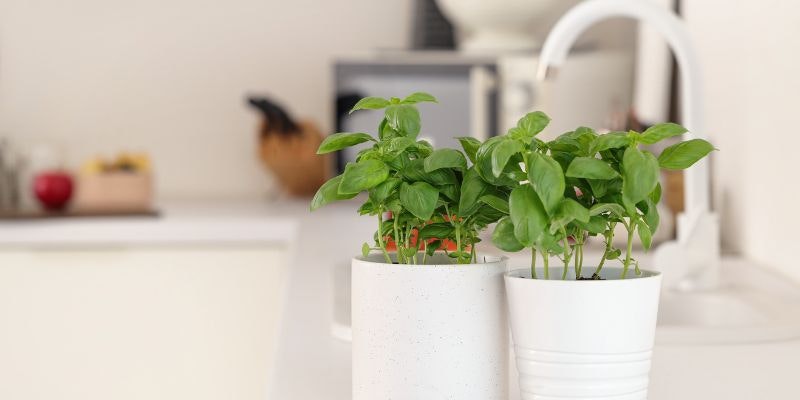
Local Food & Reducing Your Carbon Footprint
- Buy local produce: Food that’s grown and sold on-island travels less and supports the local economy.
- Grow something: Whether it’s a potted herb garden on your lanai, a fruit tree in your yard, or a community garden plot, you'll save money and reduce your carbon footprint, too.
- Walk, bike & use public transit: Choosing a walkable neighborhood, using public transit like The Bus or Skyline (high-speed rail), and walking or biking to work can also minimize your carbon footprint. The Kaka‘ako neighborhood scores high for pedestrian-friendly design, green spaces and connectivity.
Smart Home-buying: Developments That Prioritize Sustainability
Three new condo projects on Oahu that stand out for their sustainability features. If you’re looking for a home that combines lifestyles with green-thinking, you'll want to look into these options.
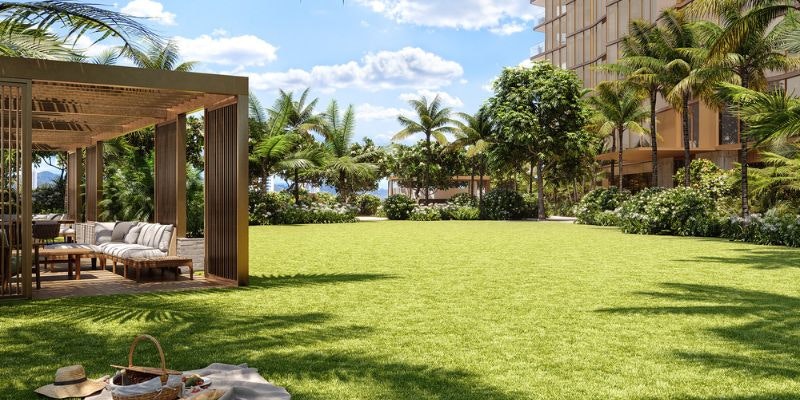
Alia
Developed by Kamehameha Schools and Kobayashi Group, Alia is located in the vibrant urban community of Our Kakaʻako. The 477-unit project, slated for completion in 2026, emphasizes sustainable design and a reduced carbon footprint. Alia is a promising choice for environmentally conscious buyers, with features that include:
- Passive cooling system that works with trade winds and reduces solar exposure for natural cooling
- State-of-the-art greywater treatment system to optimize water use and promote sustainable water management
- Centralized chilled water system with individual handling units to reduce overall utility consumption
- EV charging ports, car share options and micromobility access for convenient, eco-friendly transportation
- Solar panels to capture Hawaii’s abundant sunlight to generate a significant portion of the building’s energy needs
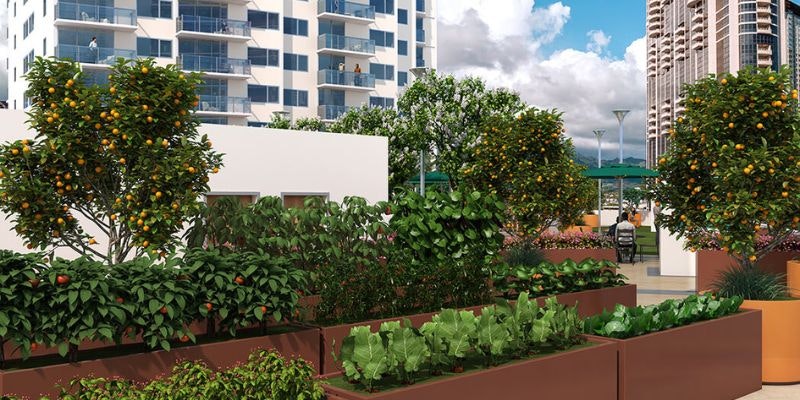
Ililani
Ililani promotes sustainable living through its smart location, thoughtful amenities and shared resources that help reduce residents’ environmental impact. Centrally located in Kaka‘ako, Ililani offers easy access to shopping, dining, beaches and a future rail station. In addition to encouraging a walkable, car-light lifestyle, Ililani offers residents:
- Community garden for growing healthy, local food
- Secure bike storage for eco-friendly commuting
- Exclusive HUI Car Share fleet with 24/7 access to vehicles at below-market rates, covering gas, insurance, and maintenance—eliminating the need to own a car
Together, these features make Ililani a model for convenient, connected and sustainable city living. The project is complete, and units are still available!
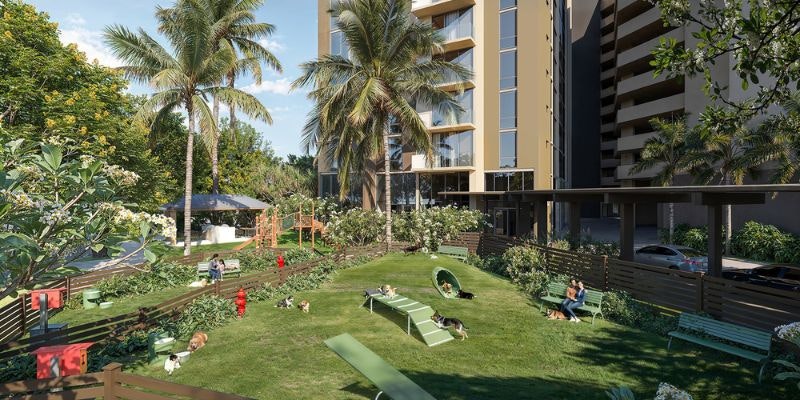
Kuilei Place
Kuilei Place is a large-scale development built with sustainability in mind. Designed by local developer Kobayashi Group, the project will be located in the Moiliili neighborhood of Honolulu, and 60 percent of its 1,005 units are designated as Affordable Housing. Key sustainable-living features of Kuilei Place include:
- EV fast-charging station, car-sharing program and EV micromobility scooters and bikes
- Bike storage
- Centralized solar hot water heating
- Greywater reuse system
- Energy Star lighting fixtures
- Energy Star appliances
If you’re buying a condo and want both modern amenities and forward-looking infrastructure, this one ticks key boxes.
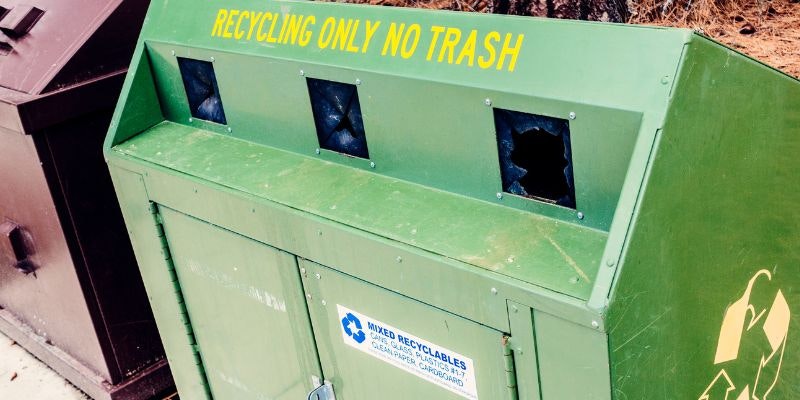
Sustainability Checklist for Buyers or Homeowners
- Ask for an Energy Performance Certificate or information on energy and water usage for the property.
- Check for solar, greywater systems, EV-charging infrastructure or at least space/expectation for them.
- Review maintenance/HOA fees for sustainability systems, and ask how they are maintained and how often.
- Look for location-based benefits: proximity to transit, walkable neighborhoods, bike access, local food markets.
- Look for building features that support green living—like recycling, rain-barrels, bike storage and community gardens.
- Consider lifecycle costs; a higher-up-front cost in a more sustainable building may mean lower utilities, less maintenance and stronger resale value over time.
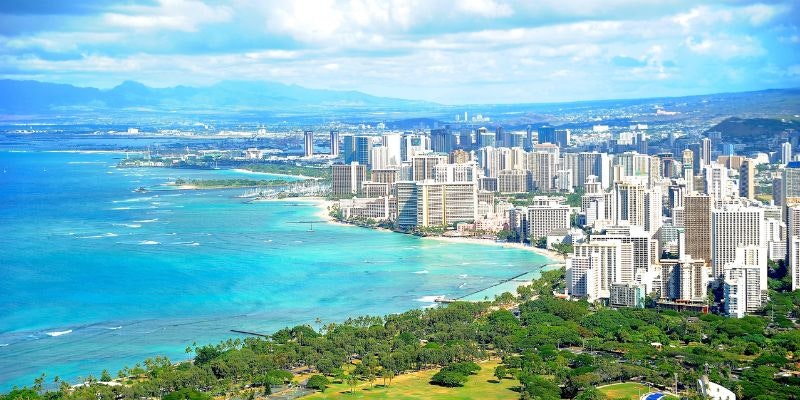
Why Sustainability Matters For Hawaii
Hawaii’s remote island status means energy, water and materials come at higher cost, so reducing our collective consumption matters. Housing developments that prioritize sustainability are more than a trend—they're a reflection of Hawaii's commitment to stewardship of the 'aina, or land. By choosing a sustainable home and lifestyle choices, you can help to preserve our island environment for future generations.
At Locations, we’re committed to helping you find a home that aligns with your values and Hawaii’s future. Contact one of our knowledgeable real estate experts to get started on your journey to a sustainable home.










